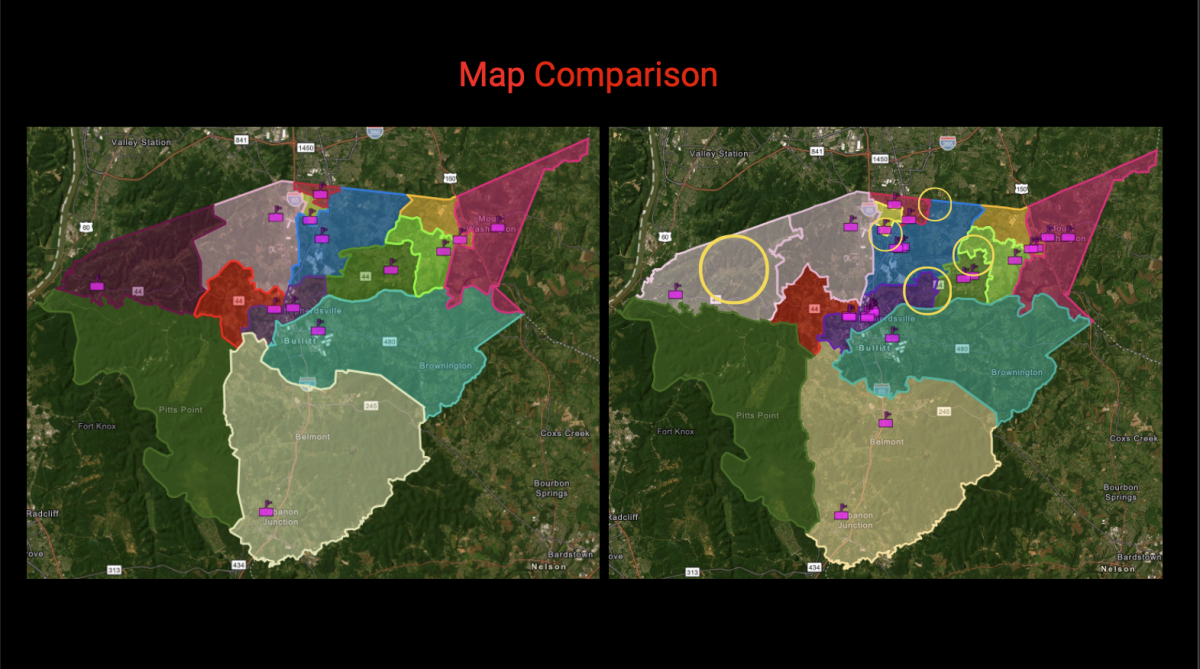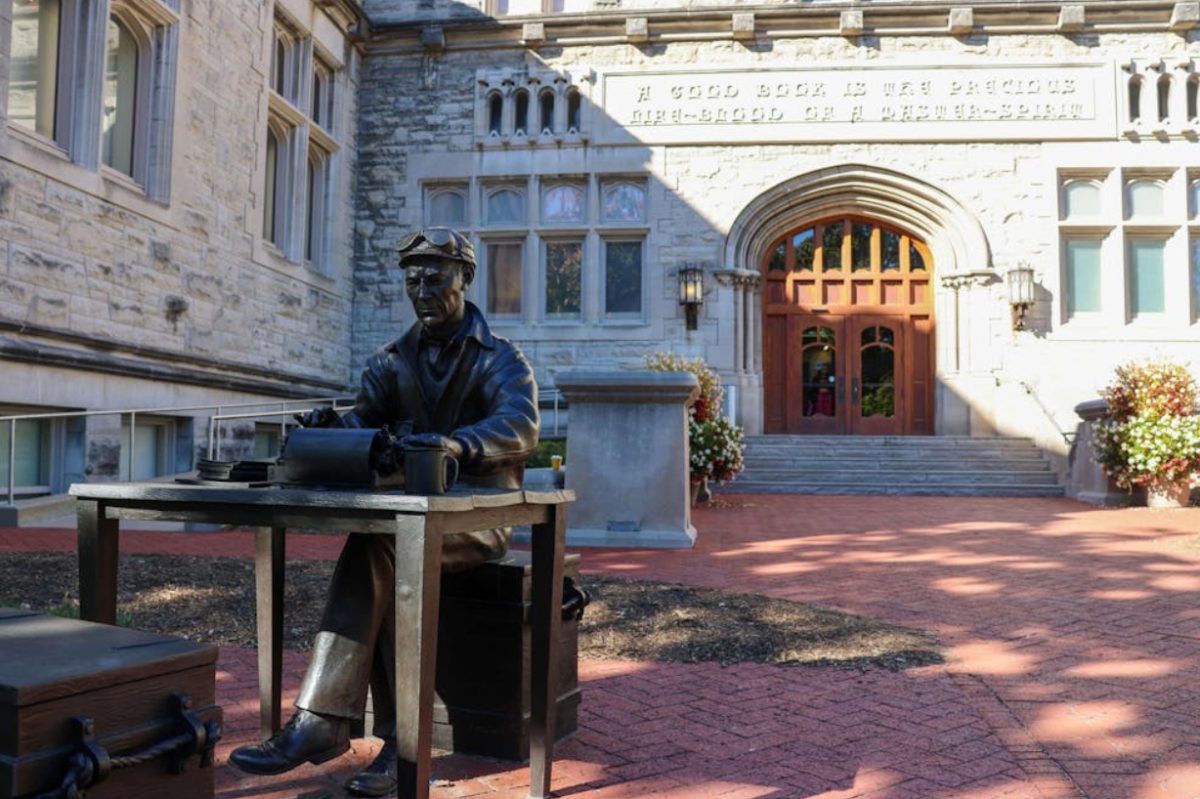The Bullitt County Board of Education just stunned parents and students with a rezoning plan that upends long-standing school boundaries. On paper, the move makes sense. Some schools are bursting at the seams while others sit half-empty. Mt. Washington’s rapid growth has pushed the problem to a breaking point. Something had to give.
But the way the board is handling this change shows that while they are committed to fixing the imbalance, they aren’t addressing it effectively. Instead of drawing firm lines, they’ve tried to please everyone, and in doing so, they’ve weakened the entire plan.
Notable subdivisions affected by this are Millers Crossing and Lazy River, which has caused an uproar in the Mt. Washington community. But a glaring exclusion is River Crest, a neighborhood that has long been split between Bullitt East and Bullitt Central. Geographically, it makes more sense for River Crest to attend Bullitt Central. Yet the board officially zoned it for Bullitt East. That wasn’t an oversight, it was a calculated move to avoid a bigger uproar. By caving to controversy, the board sabotaged its own goals.
Neighborhoods like Miller’s Crossing and River Crest are newer, higher-end developments that have only played into Bullitt East’s image as the “privileged” school. Rezoning River Crest along with Millers Crossing would do more than balance student numbers; it would strengthen all three high schools. Of course, families will be upset. That’s unavoidable. But the goal shouldn’t be to keep everyone comfortable, it should be to create fairness across the district, not just in enrollment but in opportunity.
Meanwhile, Mt. Washington continues to grow. New neighborhoods like Bluegrass Meadows are already under construction, with hundreds of new homes planned, adding even more families to the east side of Bullitt East’s district. If River Crest stays zoned for East, this growth will quickly erase any progress the board hopes to make. In just a few years, the district will be right back where it started: one school overcrowded, others underused.
The “grandfathering” policy is another glaring problem. Yes, it makes sense not to rip kids out of schools where they’ve built friendships and stability. But the loophole goes too far. Families who haven’t even enrolled kids yet can still claim their preferred school if they moved into a neighborhood before the change. That’s not just unfair, it keeps overcrowded schools overcrowded.
If the board is serious about balance, it needs to be stricter. Let current students finish where they are, but once a child moves up to the next school — elementary to middle, middle to high — they should attend the school their new zone requires. That’s the only way these shifts will actually take effect.
Right now, the rezoning plan looks more like a PR move than a real solution. It’s dressed up with data, projections, and promises of efficiency. But until the board stops worrying about backlash and starts enforcing its own rules, the problem won’t go away. Some schools will continue to drown in numbers while others remain underused.
Rezoning isn’t supposed to be easy. It’s supposed to be fair. If Bullitt County truly wants equity across its schools, the board has to stop playing both sides and finally make the hard choices.








Old Fart • Sep 23, 2025 at 4:54 pm
River Crest is located behind Pleasant Grove…It is way closer to Bullitt East than Lazy River is, and it’s across the street from Miller’s Crossing/English Mills/Lloyd Lane.
If we really wanted to get geographical, River Crest, Miller’s Crossing, and English Mills are all REALLY, REALLY close to North Bullitt. Geographically speaking, crossing Floyd’s Fork on Bells Mill makes North Bullitt seem much further away than it is.
Next time you drive up old Bardstown road, take a look at where the road forms a Y at Dairy Queen. There is a reason that Flat Lick lines up perfectly with ‘old Bardstown road.’ If you follow flat lick all the way back to the end, past the new park, guess what is right across Floyd’s Fork…Hillview/Zoneton (North Bullitt areas).
The same thing can be said for the Cedar Grove Road area near Bardstown Road…it is way closer to Bullitt East than Bullitt Central, geographically speaking. However, roadways make it seem much farther. If the state build a main road that traversed the river bottoms (Greenwell Ford Road), the travel time from downtown Mt. Washington to downtown Shepherdsville would probably take 10-12 minutes…and it would completely avoid Hwy 44 traffic.
Where the county really messed up is in the dispersion of citizens. The southern half of the county drastically lags behind the northern half. If the population had spread in a more even manner, we would have built a southern Bullitt high school long ago, and the school enrollments would be much smaller.